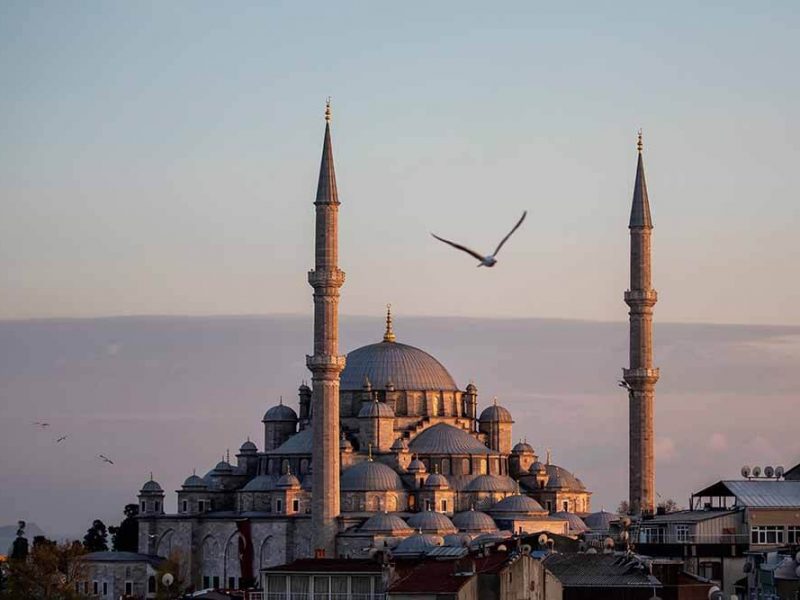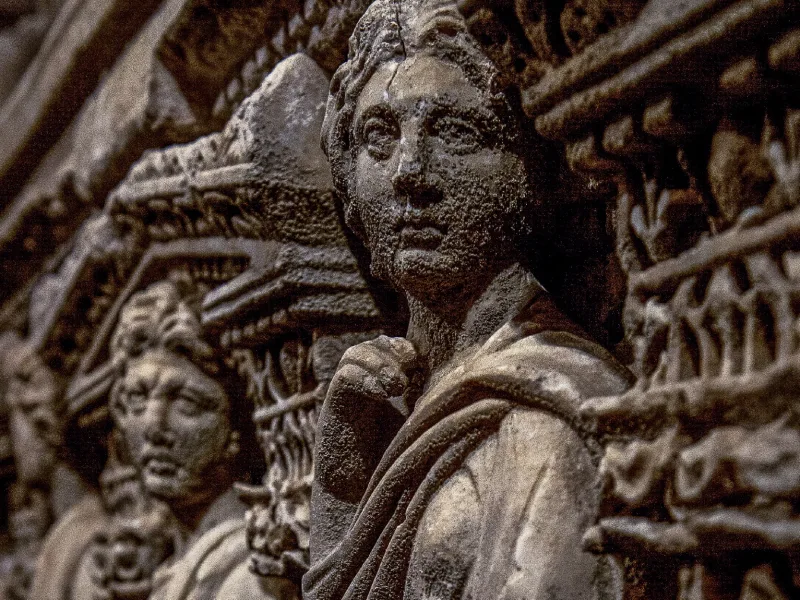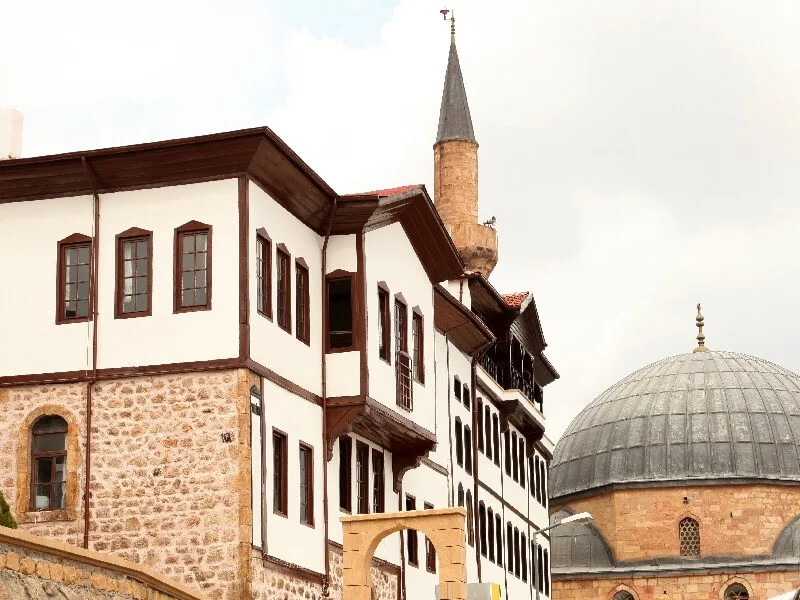Zonguldak is a city in the west of the Black Sea, famous for its coal mines. Zonguldak, where a settlement was started around 2500 BC, became a center of attraction in the time of Hittites; The Phrygians and Migdans also used it as a settlement. The city, which had entered under Persian rule for a period, was conquered by the Turks from the time of the Seljuks. Bartın is to the northeast, Karabük to the east, Bolu to the south, and Düzce to the west. The Black Sea coastline is located in the northern part of the city.
Climate and Local Cuisine
Although Zonguldak is located in the Black Sea region, it has a relatively cold climate due to its proximity to Marmara. However, in the spring and summer, there is an abundant rainy Black Sea climate. Since the average annual temperature is 24 degrees, it is a city that can be visited every month.
Local cuisine has combined features of both Black Sea and Thrace cuisine. Vegetables and meat dishes are prominent. Among the most famous dishes are malay, kartlaç, kömeç, çöpele, çükündür mancarı, kavşak beans, corn soup, and pürtüklü bambam. You can also try tın tın soup and zılbıt.

Pumpum Soup
Places to Visit
In Zonguldak, which has an ancient history, both historic places and natural beauty are very pleasant for tourists. There are many important destinations within Zonguldak.
- Tieion Antique City: The ancient city of Tieion is located in the Filyos town of the Çaycuma district of Zonguldak. The ancient city was built by the Roman Empire in 70 BC. Filyos Castle is located right next to the ancient city.
- Gökgöl Cave: Located in Zonguldak, Gökgöl Cave is a combination of 10 caves of various sizes. Extremely close to the city center, these caves are quite striking.
- Kozlu Ilıksu Springs: The hot water springs in the Kozlu town of Zonguldak are especially used to alleviate pain. There are also many beautiful routes around the spa that you can trek around.
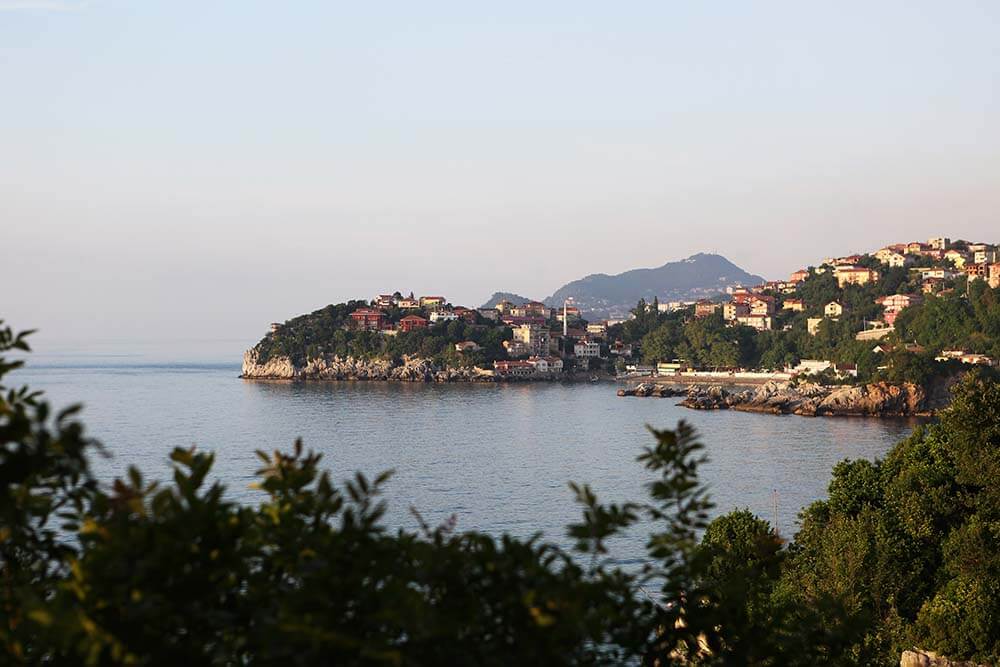
Zonguldak
- Cehennemağzı Caves: Cehennemağzı caves in the Ereğli district consist of three different caves.
- Çayırköy Water Cave: Çayırköy Water Cave, which is formed by many stalactites and stalagmites, has a very nice structure and water transformation.
- Conquest Maples: Conquest Maples in the Ereğli district of Zonguldak are also indispensable for photographers, along with the beautiful streets and natural houses. These maple trees were erected just after the conquest of Istanbul with the order of Mehmet the Conqueror.
- Köprülü Mosque
- Halil Pasha Mansion: The mansion was built in the 19th century. It serves as a museum today.
- Filyos Beach
- Gülüç Dam Lake
- Kızılcapınar Dam lake
- Güneşli Waterfalls
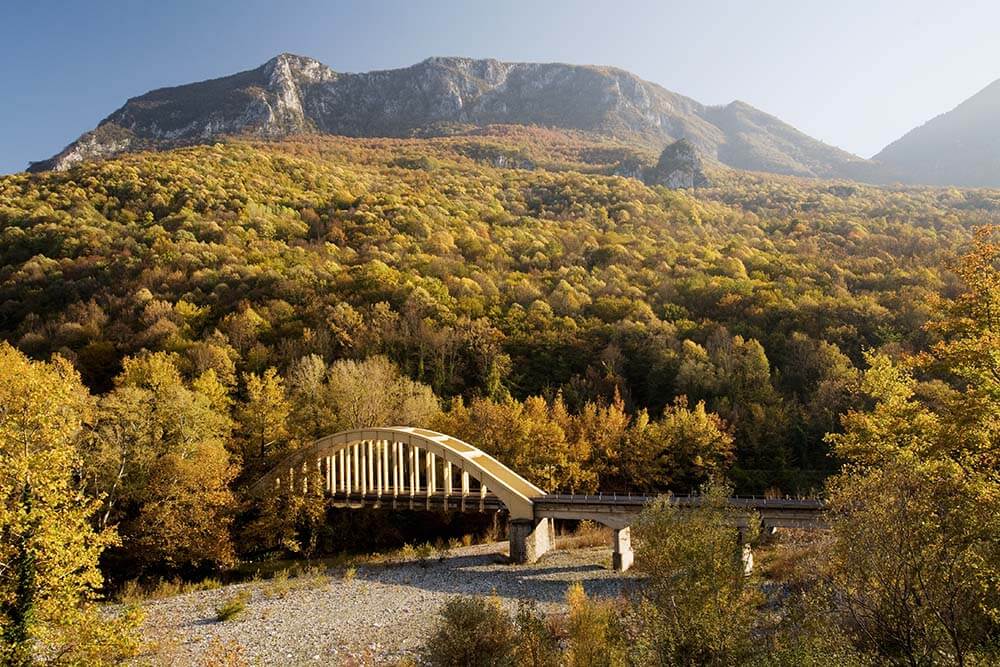
Fall colors in Filyos forest.
Festivals
The Zonguldak Karaelmas International Culture and Arts Festival is held on June 21. On June 18, the Black Sea Ereğli Ottoman Strawberry Culture Festival is held. The Yayla and Honey Festival is held between June 14 – 20. During the last week of July every year, you can find events such as the International Devrek Cane and Culture Festival in Zonguldak. Furthermore, the Anchovy Festival is held during the last week of December.
How to Get There
To go to Zonguldak, you can take the highway or railway. You can also reach Zonguldak by sea. Railway connections in Ankara and Karabük pass through Zonguldak. You can gain access to Zonguldak from Istanbul via the D100 highway. It is possible to reach the city by road from Bartın, Bolu, Sakarya, and Kastamonu.

